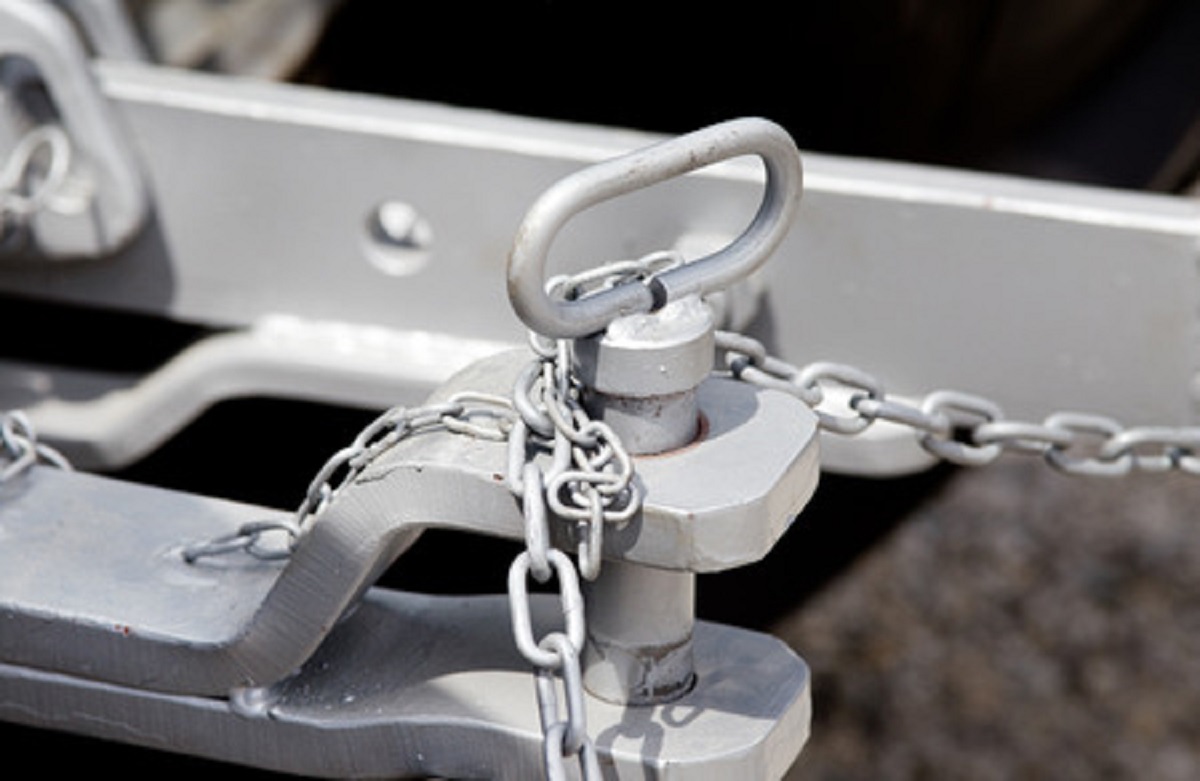A Quick Guide to Tractor Trailers
Pulling a trailer, large or small, requires a review of one’s equipment, such as the hitch and signal as well as safety precautions that one has to keep in mind in order to drive safe. Many states require, by law, for vehicles with trailers to drive in the slower right hand lanes—for this reason, be sure to check your state’s guidelines. Here is a quick guide to pulling a trailer with your car.
Trailers need extra room to stop, and they also require greater care when changing lanes, making turns, and backing up. Always be aware of your surroundings when driving a trailer, and avoid situations that might cause you to get stuck or have to back up a long way. However, before you even get on the road with a trailer, make sure everything is safely connected to the hitch and that the lights on the trailer are hooked up and working properly.
For a regular ball hitch, the tongue of the trailer should be properly attached to the vehicle hitch and the locking mechanism and pin in place. If the hitch is not secure, it could fly off and go through another car’s windshield. The trailer should also be connected to the vehicle by two chains that are crisscrossed to make an X. To test your connection, pull up on the trailer and try to pull it off the hitch. You should not be able to if done correctly. Again, make sure your brake lights and turn signals work on your trailer. Now, you’re ready to head out.
Be sure you are familiar with driving a vehicle with a trailer. Practice some maneuvers like turns and backing up before you head out. Backing up can be difficult, and remember that if you want your trailer to go one way, turn the wheel opposite the way you would normally use. Wider turns are required for vehicles with a trailer, so look out for obstacles and pedestrians while driving. Know your trailer’s clearance because sometimes it’s not the same as your vehicle.
Keep in mind, the heavier the load, the longer it takes you to stop. Make sure you have enough room, so that means no tailgating. Making sure you’re in your towing capacity is also important. Be cautious and drive slow. Jackknifing can also be a major issue for trailers because it is common when backing up. This means your trailer is positioned in a L or V shape—avoid this by taking things slow. Jackknifing can damage vehicles, so be careful!
Think you or someone you know is in need of Behind the Wheel Training? Training Wheels is a Pomona driving school specializing in teaching new teen drivers how to stay safe on the road. For more information on our lessons, please click here.
Copyright: budabar / 123RF Stock Photo

